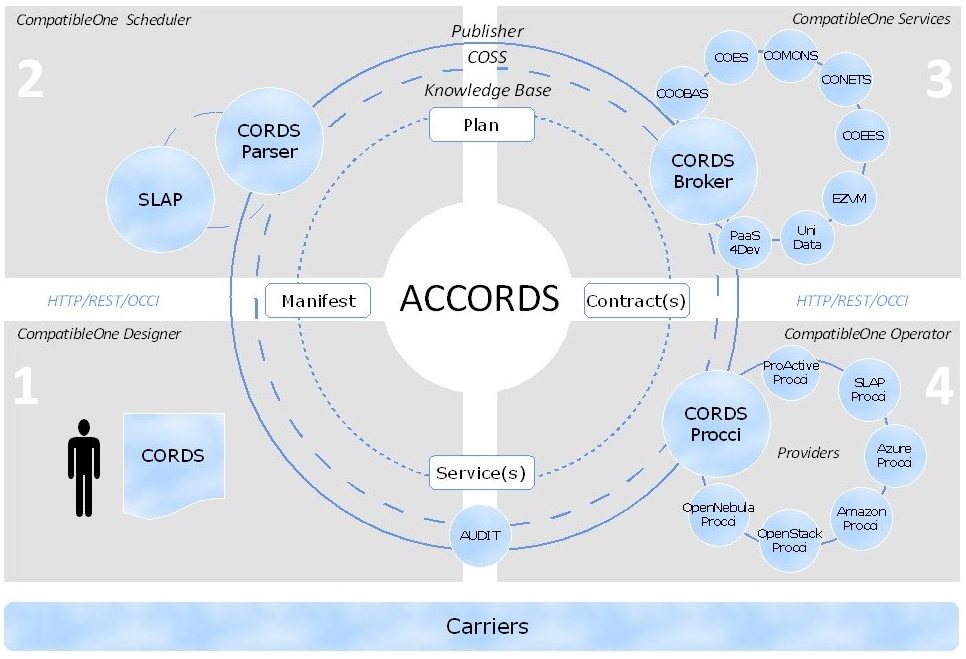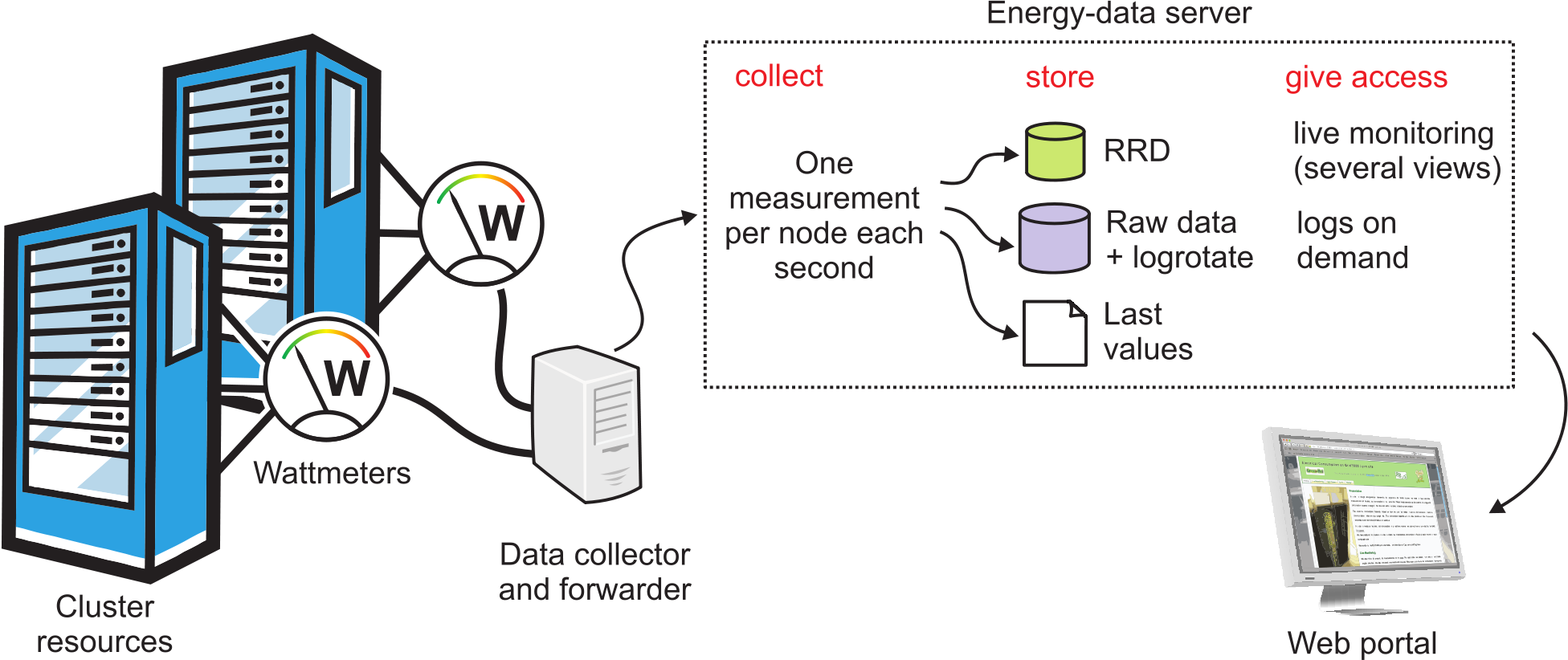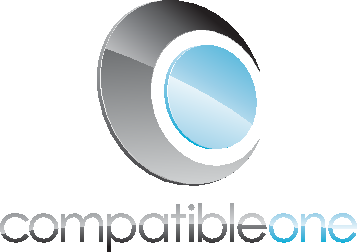CompatibleOne
CompatibleOne is a French project on Cloud software stack design financed by Fonds Unique Interministériel (FUI). Project leader is Bull and suuport is done by a mix of SMEs and Academics. This is an open source project to provide cloud computing middleware (cloudware) for the provisioning of private, public or hybrid cloud platforms. CompatibleOne is developing a meta-model-based framework for the abstraction of the configuration, management and integration of leading open source technologies. This cloudware based on open standards and open source, will offer cloud suppliers and consumers the greatest possible interoperability.
The goals of CompatibleOne are to:
- provide entrepreneurs and organisations unimpeded access to cloud technologies
- provide innovative platform of services, that go beyond the standard services provided by existing cloud providers
- remove the constraints of vendor lock-in
- provide cloudware that the community can evolve rapidly and adapt according to their needs
- give ownership and control of security and quality of service
The figure 1 below shows the architectural vision of CompatibleOne :
 |
| Fig 1 - CompatibleOne architecture |
|---|
Energy Efficient (Green) Cloud
Within this project INRIA RESO develops an Energy Efficient (Green) Cloud. This is the module COEES (CompatibleOne Energy Efficiency Service) in figure 1.
The objectives are to do :
- Energy Monitoring of physical and virtual resources
- Energy usage exposing for users and clouds managers
- Energy monitoring streams for upper layers software
This process can be seen in the figure 2 below :
 |
| Fig 2 - Cloud energy collect infrastructure |
|---|
The next step is to use collected data to distribute jobs, tasks and virtual machine smartly over the cluster. The goal of these smart distributions are to be more energy efficient by shuting down unused cluster node or by regrouping some virtual machine on a physical machine, so it will free some cluster nodes. Data collected allow to evaluate carbon footprint and billing.
Below is an example of software showing collected data :
 |
| Fig 3 - Showatts software framework |
|---|
Publications
